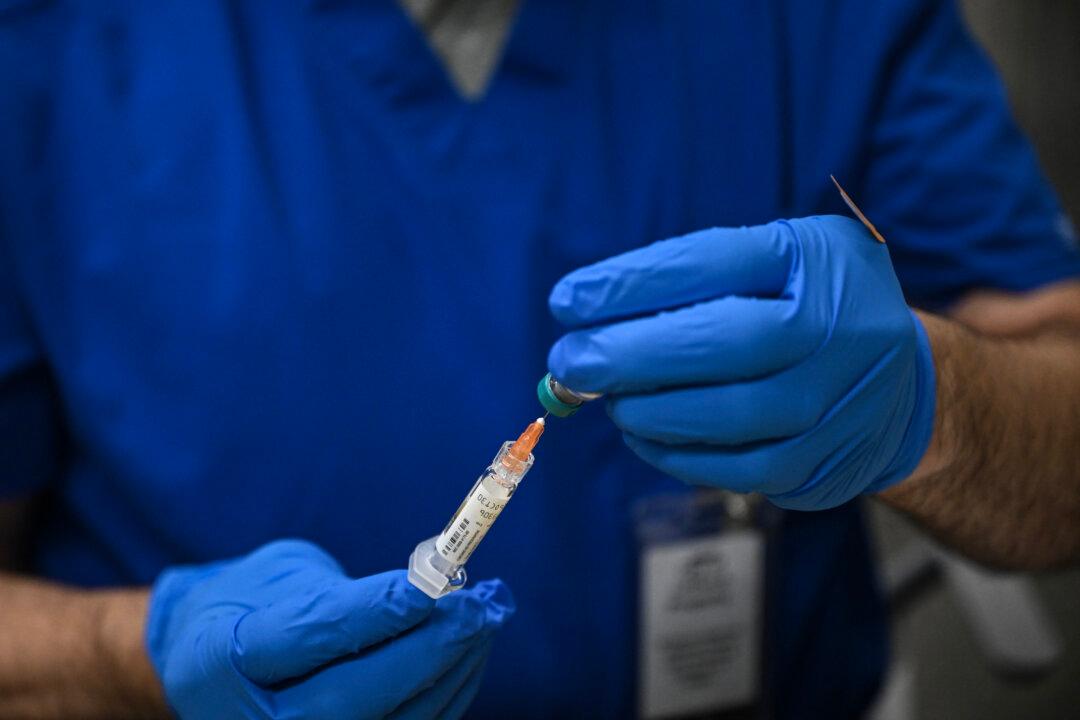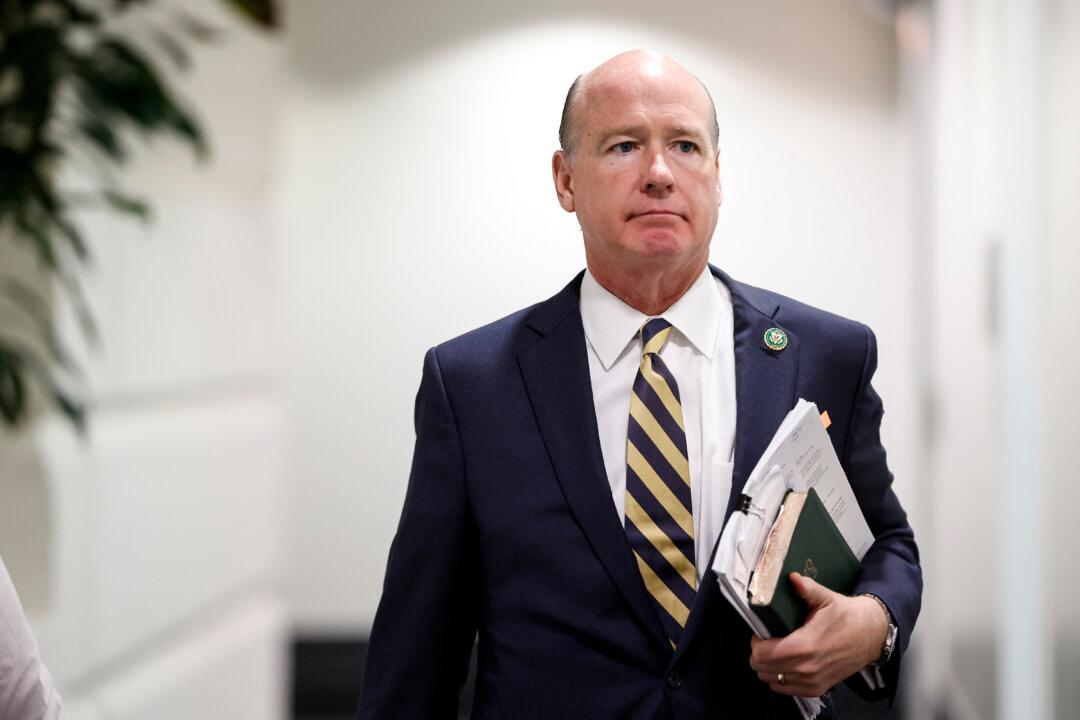Gasoline prices in the United States stabilized over the weekend, but stations across the southeast remain without fuel, even after Colonial Pipeline brought its 5,500-mile fuel conduit back online.
The average price per gallon in the United States on May 17 was $3.04, which was the same average as May 15.





